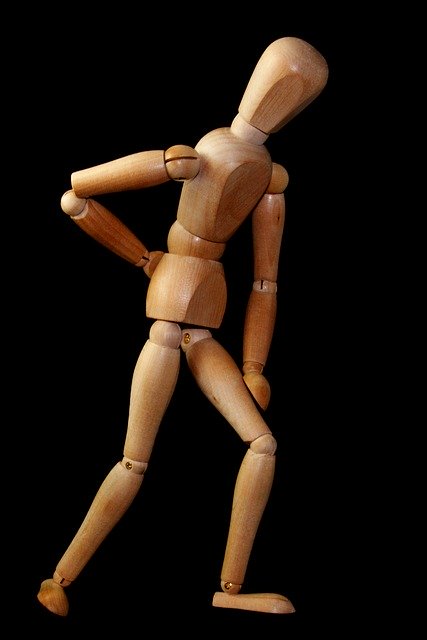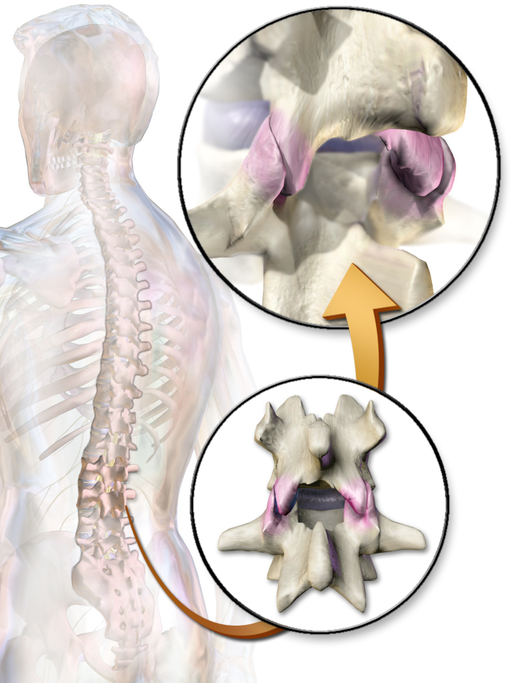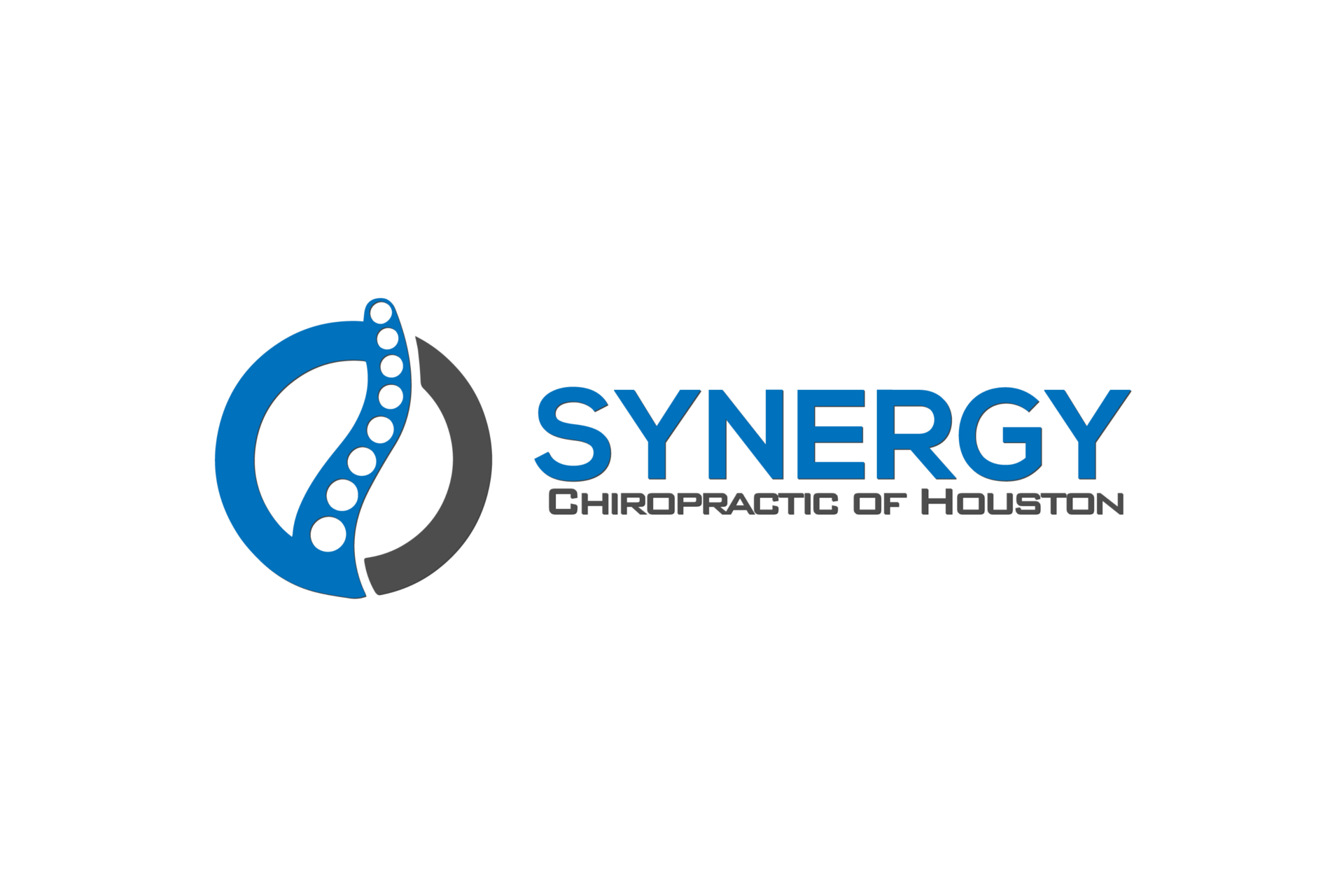Low back pain is an epidemic, affecting an estimated 80% of the population at one point throughout their life. Sitting for prolonged periods of time, bending, lifting and twisting while the low back is strained, and poor posture are all daily stresses that can make low back pain worse. Does this mean that a bad back is inevitable? Not exactly.
Even though some causes of low back pain may be out of our control, for many people, low back pain relief is a possibility, and well within reach. Even if the pain is a result of a car accident, sports injury, slip and fall, or something as simple as bending over to put on your shoes, relief is a possibility. Many cases of back pain are resolved when muscular imbalances are identified, and corrected.
Tight Hip Flexors Lead to Low Back Pain
Many people have tight hips, even professional athletes. Tight hips are frequently seen in individuals that sit for long periods of time, such as driving, working at a desk, or watching TV on the couch. Tight hips have the increased risk of injury due to the increased strain of the joint that is not moving properly. The pulling of the hip flexors cause the pelvis to rotate to the front of the body (anterior), which generates a pelvic tilt, resulting in additional strain throughout the lower back, and increasing pain.
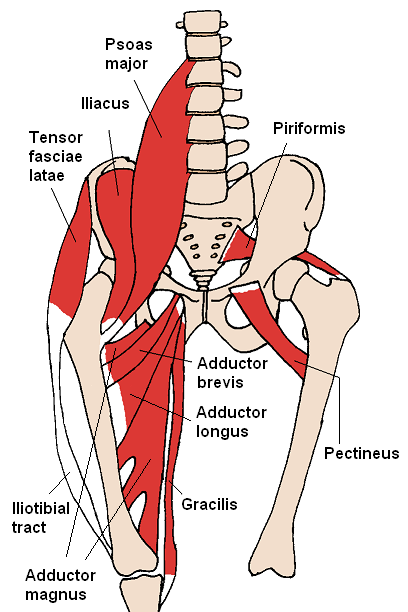
Common Hip Flexors Associated with Low Back Pain
- Iliopsoas
- Rectus femoris
- Tensor fasciae latae
- Sartorius
Stretch Tight Hip Flexors that Cause Low Back Pain
The good news when it comes to tight muscles, is that these muscles can be stretched. No surgery is required, only dedicating time to improve the flexibility of the hip joints.
Due to the many hours in which we sit down all day, the first step to overcome tight hip flexors, is to stand more often, and move around. Taking small breaks every hour to walk around the office, or the home, can stretch the hip flexors and allow the pelvis muscles to relax. Rearranging the work station to be more ergonomically comfortable will also help reduce strain on the hip flexors. Some employers even have an ergonomic specialist that can customize your work station for you. Some changes may include raising the computer monitor, transitioning to a sit-stand desk, adjusting the desk chair in order to support the low back.
Outside of the work space, it is important to warm up properly before exercise, as well as stretching and allowing the muscles time to cool down after exercise. Tools such as a foam roller, or a lacrosse ball can be used to massage tight muscles, and work out trigger points.
Trigger Points Contribute to Low Back Pain
Trigger points form as a result of injuries to muscles, muscle strains, and trauma to the musculoskeletal system. When the various connective tissues of the body (muscles, fascia, ligaments, tendons, etc) become weakened, overstretched and/or inflamed, tiny tears within the connective tissues can occur. When these tiny tears heal, the muscles become tighter, and smaller knots form throughout the belly of the muscle in order to protect the muscle from further injury.
Trigger points within the muscle can further create structural imbalances, compensation with other muscles and joints, which of course can lead to pain, tightness, and additional compensations. Muscle “guarding” limits movement, and can affect quality of life.
Tensor Fasciae Latae (TFL) Trigger Points and Back Pain
The tensor fasciae latae (TFL) muscle is a large hip stabilizer located on the lateral (outside) of the upper thigh. A tight TFL can lead to pain and discomfort in a variety of areas, including the low back, hip joint, and knee. The TFL ties into the Iliotibial (IT) Band which is commonly affected in runners, and other athletes. Even though the TFL muscle acts as a hip flexor, it also functions to move the leg out to the side, and stabilizes the low back and hip while walking and running.
This muscle commonly experiences trigger points due to the strain of stabilizing the hip, pelvis, low back and knee. Using a foam roller is one of the ways in which this trigger point can be addressed at home. Fair warning though, this muscle will be uncomfortable to work with the first time or ten. We always encourage our patients to begin slowly, but to stick with it!
Cori Lefkowith from Redefining Strength created an excellent article with specifics for foam rolling (and stretching) the TFL muscle is foam rolling is a new subject for you. Additionally, we can show you how to foam roll these areas in your next office appointment. Don’t forget to ask Dr. Hayden!
Modify Your Sleeping Position to Improve Back Pain
It is well documented that we humans will spend about one-third of our life sleeping. It is safe to say that if sitting in a chair for 8 hours a day can lead to tight hip flexors, and back pain, then sleeping in compromised positions for 8 hours can lead to other issues as well.
The general rule from sleep researchers is that sleeping on your stomach is the biggest offender. Stomach sleeping forces prolonged head rotation with one side of the neck being stretched while the other side is shortened. Additionally the rest of the spine has to adapt to this compensation, losing support and stability. An added bonus to stomach sleeping is the increase in snoring that is reported by researchers.
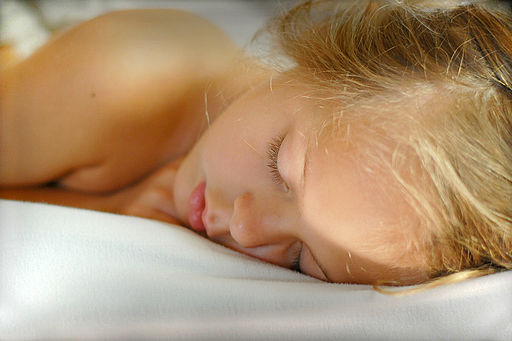
photo credit: rachel CALAMUSA [CC BY-SA 2.0 (https://creativecommons.org/licenses/by-sa/2.0)]
When sleeping on your side, or back, it is essential to attempt to have a “neutral” spinal position throughout the night. For side sleepers, this means ensuring that you are not overly rotated between your shoulders and hips. The head should be parallel with the mattress, not propped up too much with pillows, or under-supported either. Placing a pillow between the knees/lower leg can help reduce unnecessary strain on the hip that is not touching the mattress. Similarly, back sleepers benefit from a neutral spinal position. Pillows under the knees will reduce the slight low back extension that is created by laying flat on your back. Additionally, back sleepers should support the neck while avoiding extreme neck flexion by having too much pillow support under the head. Contour pillows are excellent for providing comfort, while also offering the necessary support.
Additional Low Back Pain Relief Options
In addition to maintaining low back and hip flexibility, addressing trigger points at home through activities such as foam rolling, and modifying our sleep habits, there are additional activities that can help reduce back pain. Chiropractic care, acupuncture, cupping, TENs unit therapy, dry needling, and corrective exercises are procedures that we at Synergy Chiropractic of Houston utilize in order to help patients achieve back pain relief. Our services coupled with at home therapies provide patients with long lasting back pain relief.
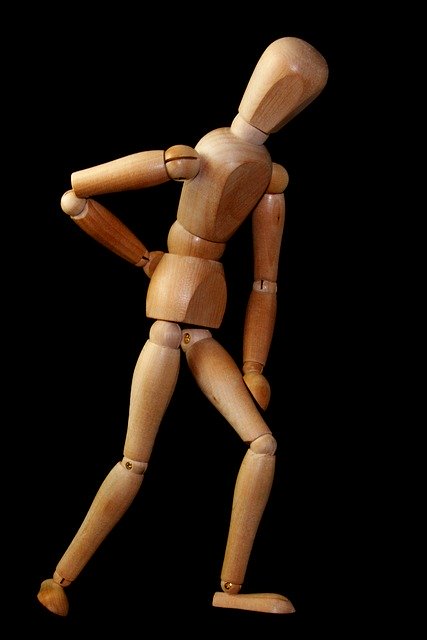
Still struggling with back pain? Contact our office and let us help you to become free from back pain!

